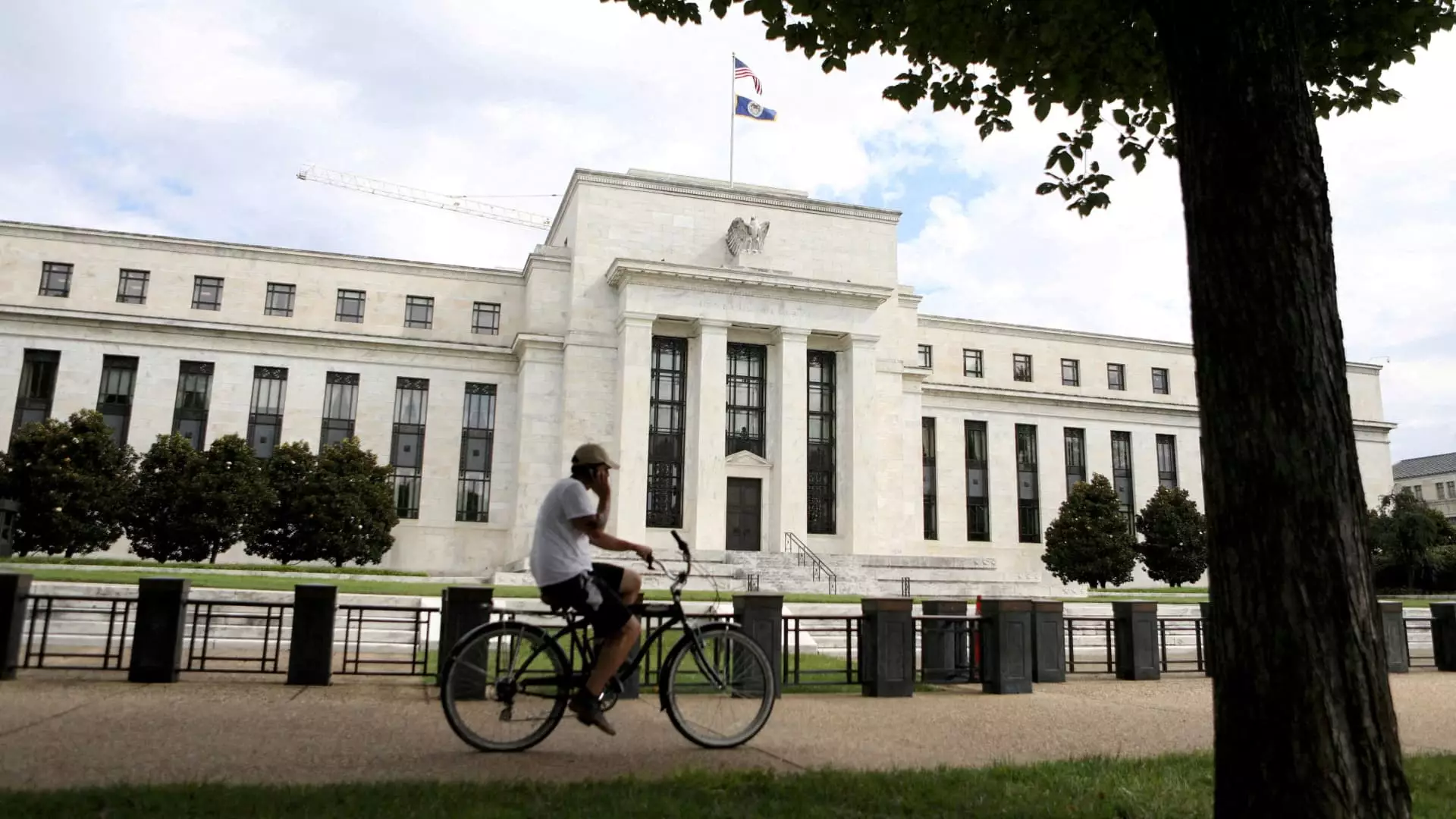The U.S. Federal Reserve (Fed) is on the brink of initiating a cycle of interest rate reductions deemed relatively modest by historical standards, according to a recent analysis from Fitch Ratings. The forecast, set against a backdrop of economic indicators and inflation challenges, seems to encapsulate a cautious approach by the Fed as it navigates complex global economic currents.
Fitch’s prediction highlights a phased approach to easing monetary policy, with expected rate cuts of 25 basis points each in September and December of this year. This incremental reduction may appear tepid when considering historical averages, which saw a median cut of 470 basis points across previous easing cycles, with an average duration of eight months. The agency anticipates that the Fed will ultimately implement a total of 250 basis points of cuts over a span of 25 months—5 distinct moves across this timeframe.
The rationale behind the Fed’s deliberate pace is largely tied to lingering inflation pressures. As of now, inflation continues to hover above desired levels, particularly the Fed’s 2% target. Fitch notes that although there has been a recent decline in core inflation—largely attributed to reduced automobile prices—such a decrease may not sustain momentum over the long term. The consumer price index (CPI) reported a year-on-year growth of just 2.5% in August, below expectations, reflecting potential shifts in consumer behavior and market forces.
The current economic landscape presents significant challenges for the Federal Reserve. The CPI for August offered some glimmers of hope, revealing the lowest inflation rates since February 2021. However, with a month-on-month increase of only 0.2% and core CPI up by 0.3%—slightly above the anticipated measure—the Fed is confronted with ongoing uncertainties. The persistence of core inflation at 3.2% signals that market expectations remain conflicted. Fitch emphasizes that the Fed’s cautious approach is informed by prior experiences where inflation control took longer than anticipated. As gaps in understanding inflationary drivers become evident, Fed officials are likely to proceed with trepidation.
As the Fed formulates its strategy, international monetary policy trends further complicate the landscape. Notably in Asia, the People’s Bank of China (PBOC) has shifted gears, surprising markets with a cut to its one-year Medium-term Lending Facility (MLF) rate in July. This move signals a willingness to assess domestic conditions amid deflationary pressures. Fitch suggests that expected U.S. rate cuts and the dollar’s depreciation have offered the PBOC additional leeway to pursue further reductions.
China’s economic forecast paints a challenging picture, with anticipated inflation rates expected to hit 0.5% in 2024—down from earlier projections of 0.8%. Additionally, falling producer prices and subdued consumer demand reflect a broader trend of declining economic activity. As Fitch foresees another 30 basis points in cuts through 2025, China’s efforts to stimulate growth may prove to be a balancing act against entrenched deflationary trends.
Contrasting the easing trajectory in the U.S. and China, the Bank of Japan (BOJ) is adopting a proactive approach, raising interest rates unexpectedly in July. This decision aligns with its emerging confidence in a sustained wage-price cycle—the central bank’s ongoing objective for maintaining inflation above its target. With core inflation consistently exceeding target levels and companies increasingly willing to implement significant wage growth, the situation stands in stark contrast to Japan’s historical “lost decade” of stagnation.
Fitch forecasts that the BOJ’s benchmark policy rate will rise to 0.5% by the close of 2024 and ultimately reach 1% by the end of 2026. This progressive tightening stands out against the backdrop of global easing, illustrating Japan’s unique position as it navigates a distinctly different economic landscape.
In summation, the anticipated easing cycle by the U.S. Federal Reserve is indicative of the broader uncertainties enveloping the global economy. The Fed’s cautious path, shaped by persistent inflation concerns, contrasts sharply with proactive measures in Japan and strategic rate adjustments in China. As market participants closely monitor the interplay of these monetary policies, it becomes clear that the future trajectory of global interest rates will remain closely intertwined with inflation dynamics and geopolitical currents. Understanding these nuances is essential for forecasting economic stability in an increasingly interconnected world.

